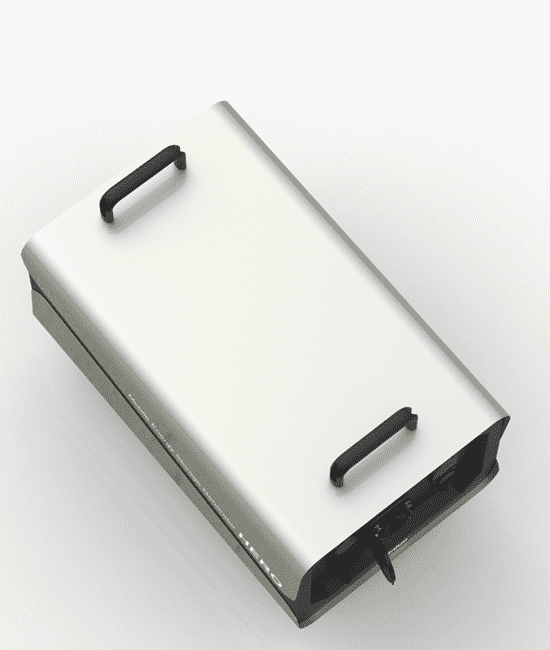Time:May 30, 2023 Views:585
We all know that energy storage systems are widely used on the grid side, transmission and distribution side, and user side. However, in the context of multiple land restrictions, the role of energy storage systems becomes more apparent. For example, on the power generation side, we all know that the power system needs to maintain a balance between supply and demand at all times. When planning and designing the power system, it is necessary to calculate the balance of electricity and energy, and the power generation, transmission, transformation, and distribution facilities such as power generation equipment, lines, etc Transformers are generally designed and constructed according to high loads, while considering certain accident, backup, and maintenance capacity. The duration of high load is relatively short, reflected in the fact that power shortage is a seasonal short-term power shortage event. For example, in most provinces, the peak load of 3% of high load has an annual duration of only tens of hours. Considering the peak load, the construction of power generation, transmission and transformation systems has limited utilization of related resources, resulting in resource waste. In addition, with the rapid growth of the proportion of new energy sources such as wind power and photovoltaic in the power grid, higher requirements have been put forward for the peak and differential regulation capabilities of the power grid. The "rechargeable and dischargeable" characteristics of the energy storage system can match the demand side response, guide users to realize the refined management of electric energy, alleviate the pressure of power grid operation and optimize the allocation of electric energy resources by actively carrying out demand response.


X

Appointment Experience